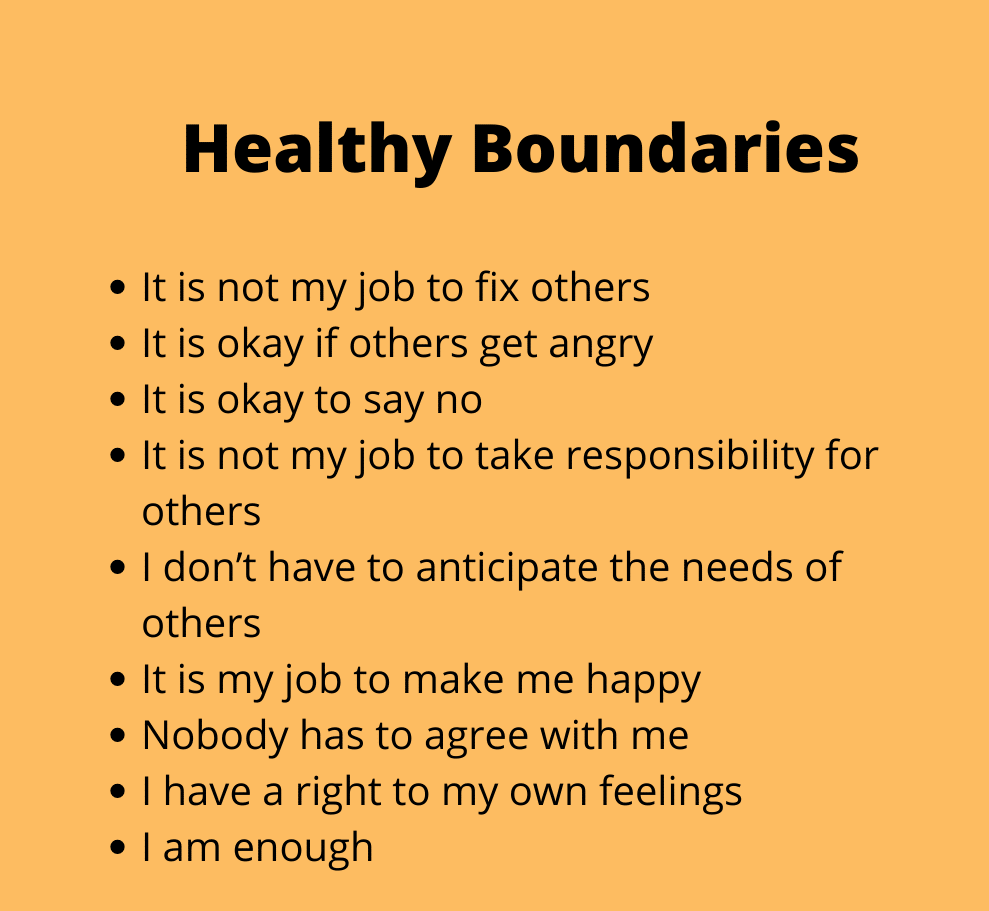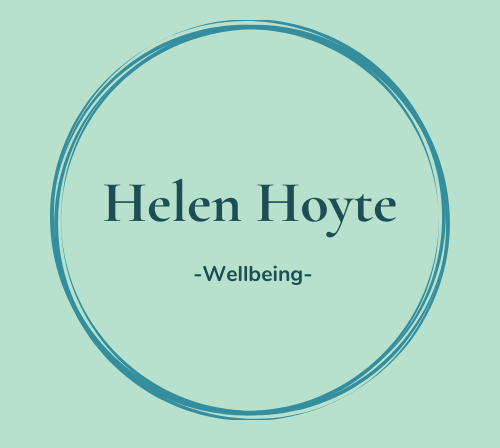
Boundaries are talked about a lot! Many struggle to understand the power of boundaries, or what they even mean and how to put them in place.
For me, being able to use boundaries means really knowing myself. Where I begin and where I end, and where another person begins and ends.
Feeling comfortable in your own skin enough to say no when you need to and to express how you feel and ask for what you need are all part of being an authentic grown-up with healthy boundaries.
Sounds easy, huh? Not so easy for many.
Some people put up very rigid boundaries, like stone walls, to protect themselves from getting hurt. But these sorts of boundaries are not healthy.
They act as barriers stopping us from being able to get close to people and form deep connections. They keep us safe, but so safe we miss out on important opportunities, experiences, and relationships. We may end up living in fear, not thriving or enjoying life to the full.
A healthy boundary is more flexible and fluid with the owner at the driving seat, controlling when it needs to be put in place or when it can be retracted. The owner is in control of the boundary always.
Porous boundaries – When you may over share information, you’re unable to say no at all, and put everybody else’s needs before your own, becoming a serial people pleaser.
Boundaries are important. They help to make us feel safe. Without them we can end up feeling lost at sea, anxious and ungrounded, with no support system or foundation.
That is why having parental boundaries is so important. They make children feel safe.
There are many different types of boundaries.
There are physical boundaries, financial boundaries, professional boundaries, time boundaries, personal boundaries, and emotional boundaries, and they all need to be communicated.

A key, fundamental role of having healthy boundaries is honest, effective communication.
This can also be challenging if you fear conflict or rejection.
If you have ADHD, then you will have learned to mask to fit in and be accepted. You may struggle with boundaries due to difficulty saying no, fear of rejection, people pleasing and fear of getting hurt.
People with ADHD tend to learn role play and masking from an early age to fit in and be accepted and this is a form of self-protection. It is a type of boundary if you like. Sometimes playing a role or masking is important and can serve you well. The problem comes when all you ever do is mask or play a role and you lose who you are. You have no idea of your own identity or sense of self.
People with ADHD can oscillate between rigid and porous boundaries through fear of getting hurt and a need to be accepted through keeping others happy.
Finding a balance in the middle Is key to a happy, satisfying and fulfilling existence.
If this is something you can relate to and feel you could benefit from some work in this area of your life please feel free to reach out and contact me.
hoytehelen@gmail.com
www.helenhoyte.co.uk

